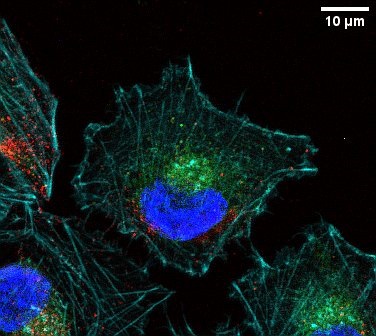Groundbreaking Study Reveals Human Sperm Defies Newton's Laws of Motion

A recent study led by Kenta Ishimoto, a researcher at Kyoto University, has unveiled a remarkable deviation of human sperm from one of the fundamental laws of physics—Newton's third law of motion. This law asserts that for every action, there is an equal and opposite reaction. However, the study published in the journal PRX Life on June 28, 2025, indicates that sperm cells utilize non-reciprocal internal forces, enabling them to navigate through viscous environments, such as the female reproductive tract, in ways that classical physics cannot fully explain.
The researchers developed a new theoretical framework termed 'odd elastohydrodynamics' to analyze the locomotion of sperm in high-viscosity fluids. This innovative approach extends the principles of fluid dynamics to living materials that actively generate energy. The study's findings suggest that the flagellar waveforms of sperm are powered by internal directional energy inputs, a characteristic described as 'odd elasticity.' Unlike conventional motion strategies, these forces do not adhere to the principle of reciprocal action, enabling sperm to swim efficiently against resistance.
To quantify this phenomenon, the researchers introduced the 'odd-elastic modulus,' a metric designed to identify the location and magnitude of internal energy injections within the flagellum during motion. The results indicated a significant correlation between energy input locations and swimming patterns, suggesting that the undulating motion of sperm is not merely structural but energetically strategic.
This groundbreaking research has significant implications for various fields. It not only challenges existing paradigms in cellular motion and biomechanics but also paves the way for advancements in biomedical engineering. Specifically, the insights derived from this study could lead to the development of biomimetic microswimmers capable of navigating bodily fluids for drug delivery or diagnostic purposes. Furthermore, it could enhance understanding in fertility research, particularly regarding how variations in flagellar motion impact sperm motility and reproductive success.
As scientists continue to unravel the complexities of life at the microscopic level, this study represents a critical step forward in our understanding of biomechanics and cellular movement. The implications of this research extend beyond theoretical physics, offering practical applications that could revolutionize medical technology and fertility treatments.
Advertisement
Tags
Advertisement





